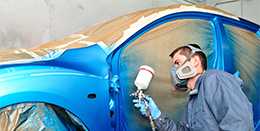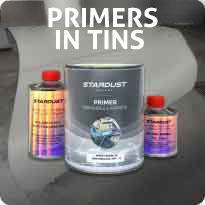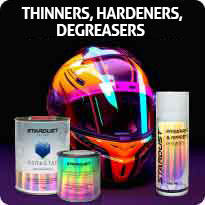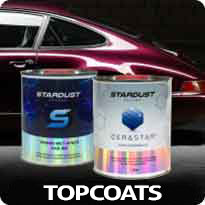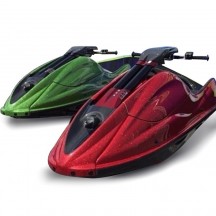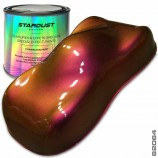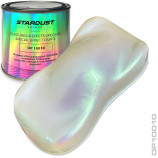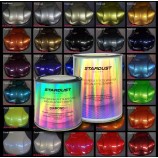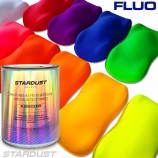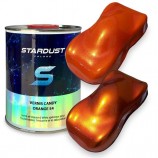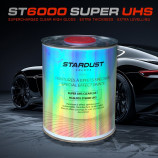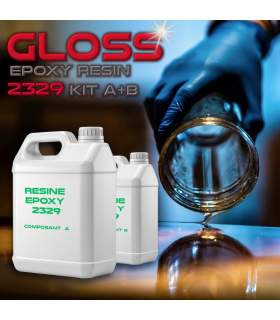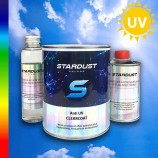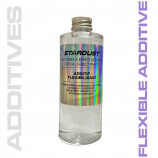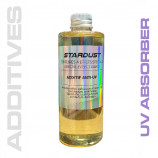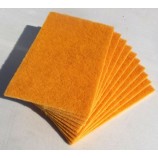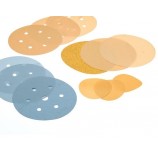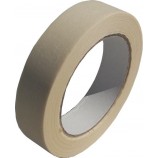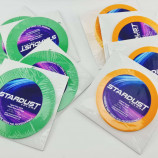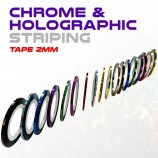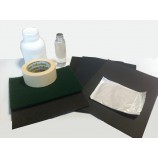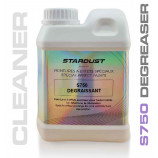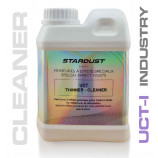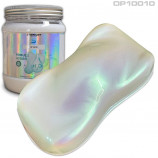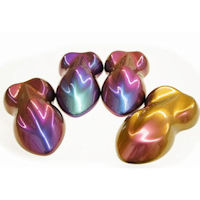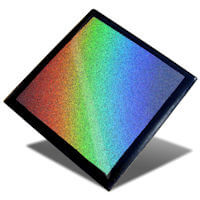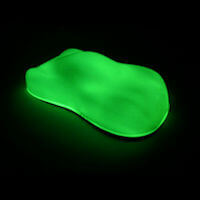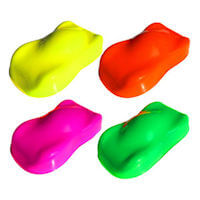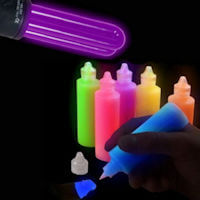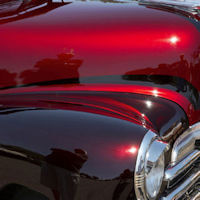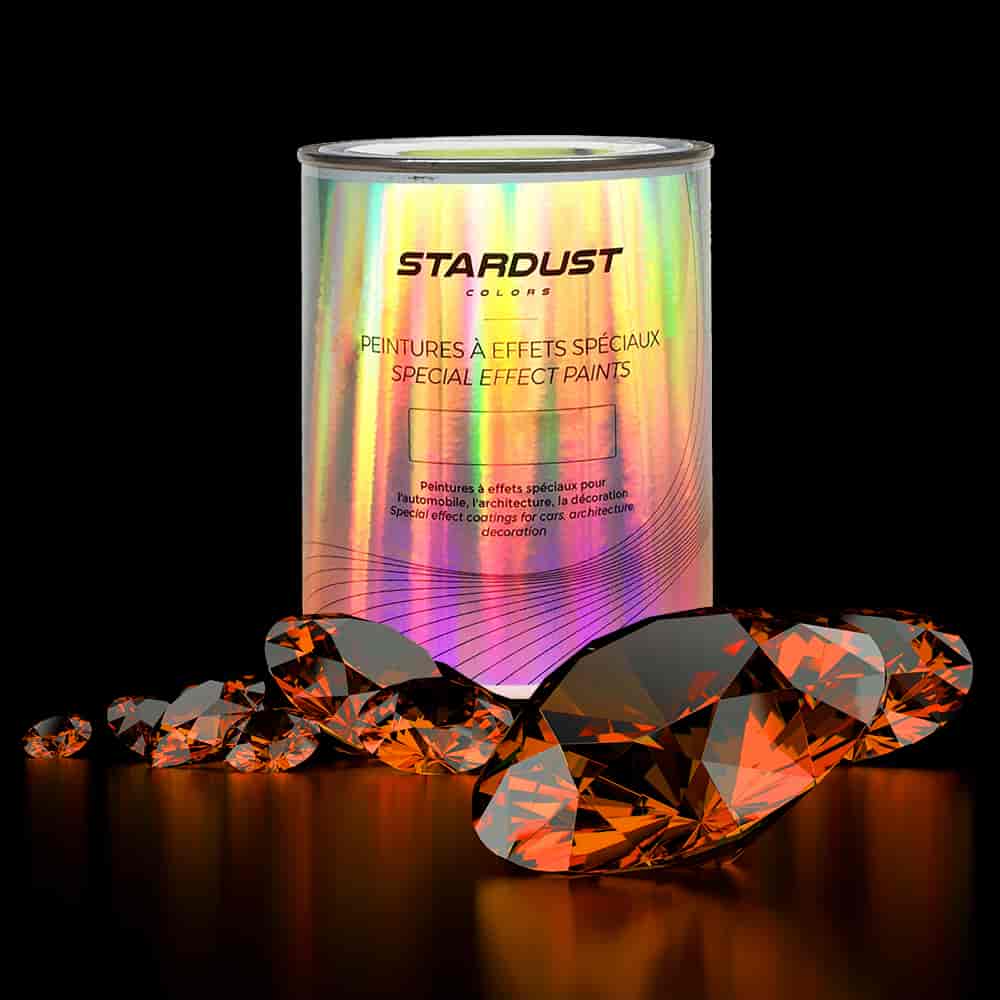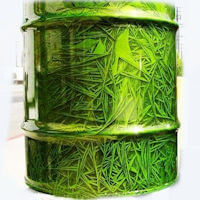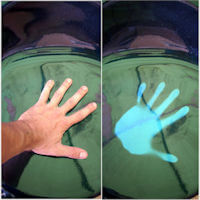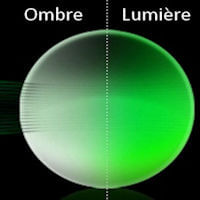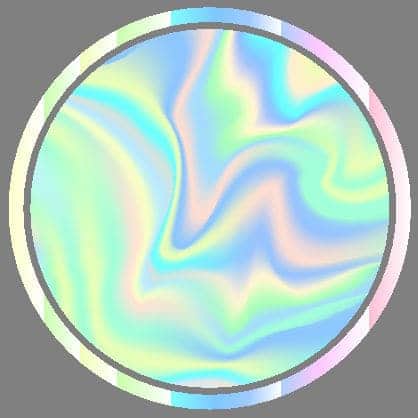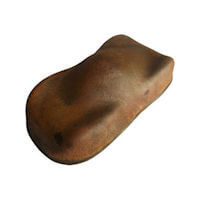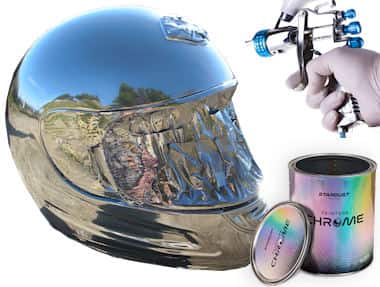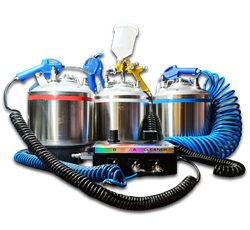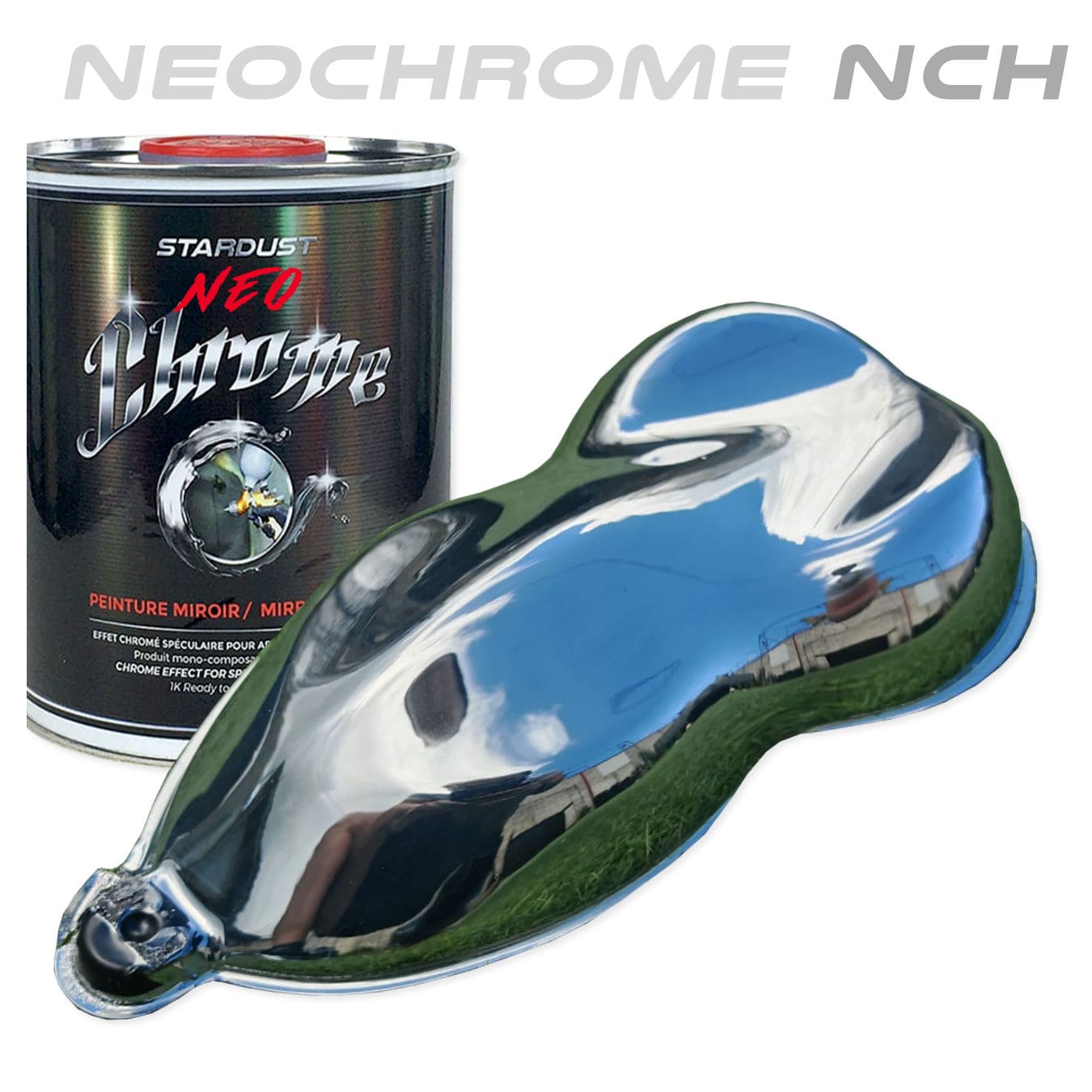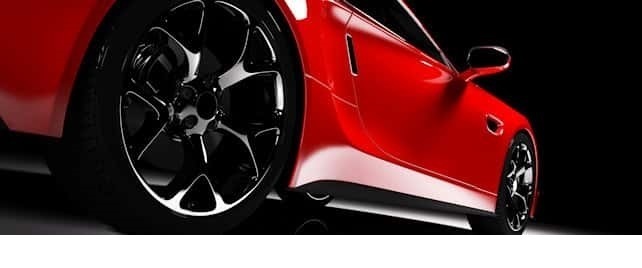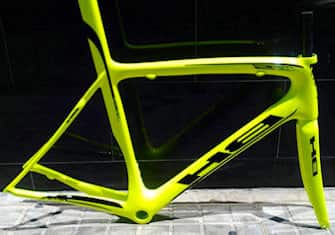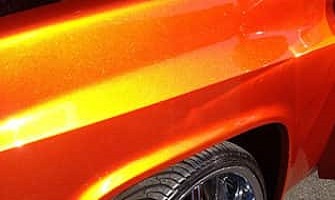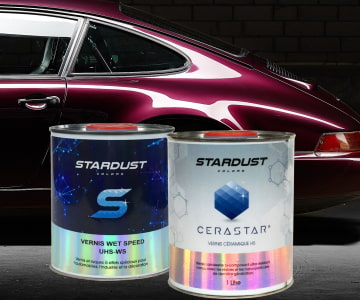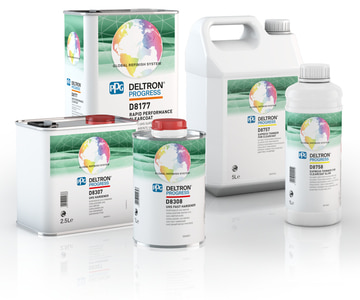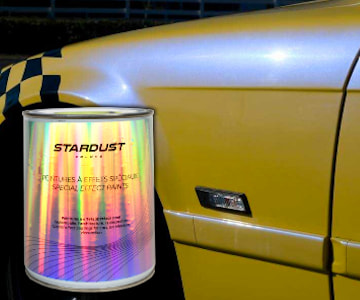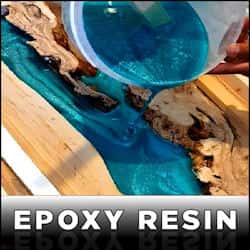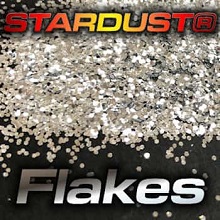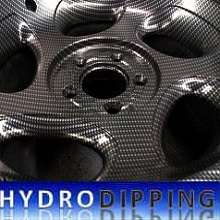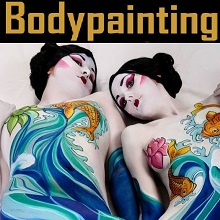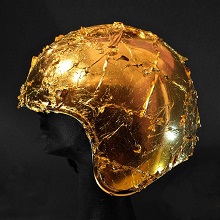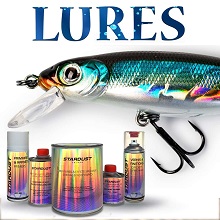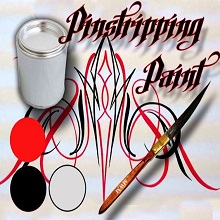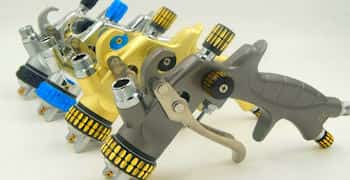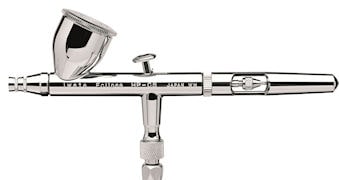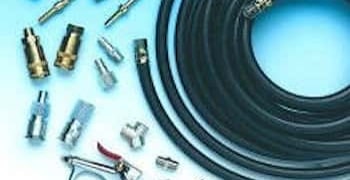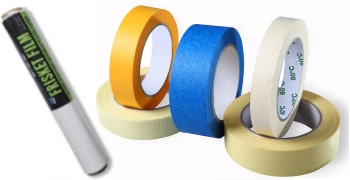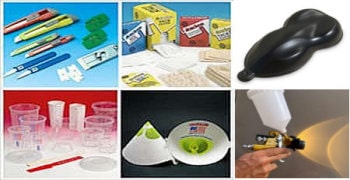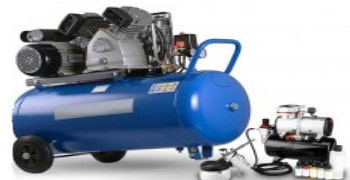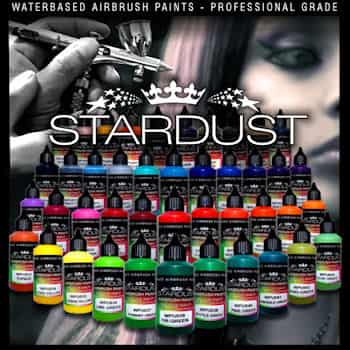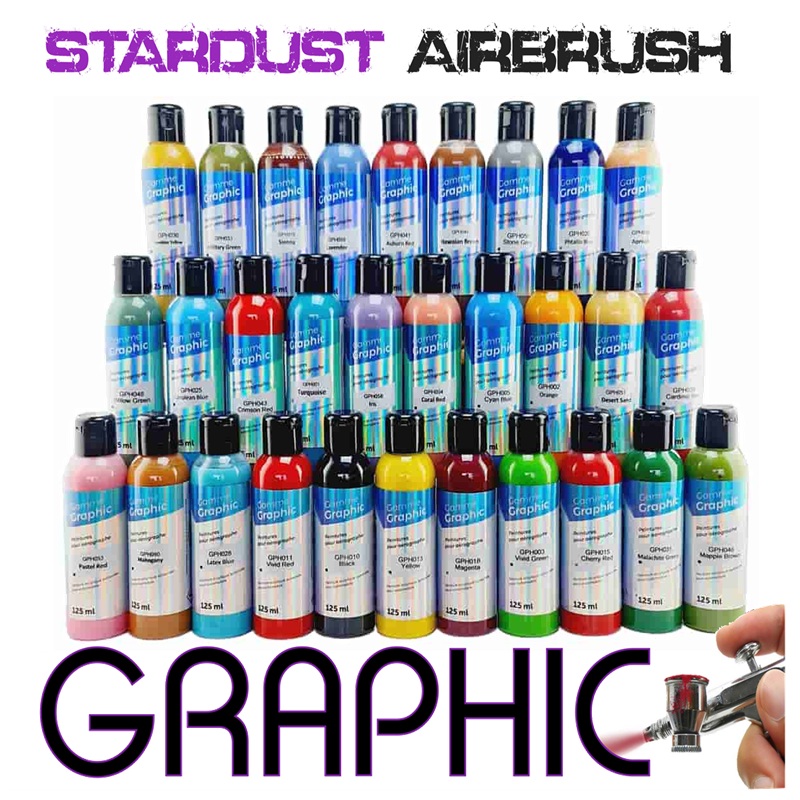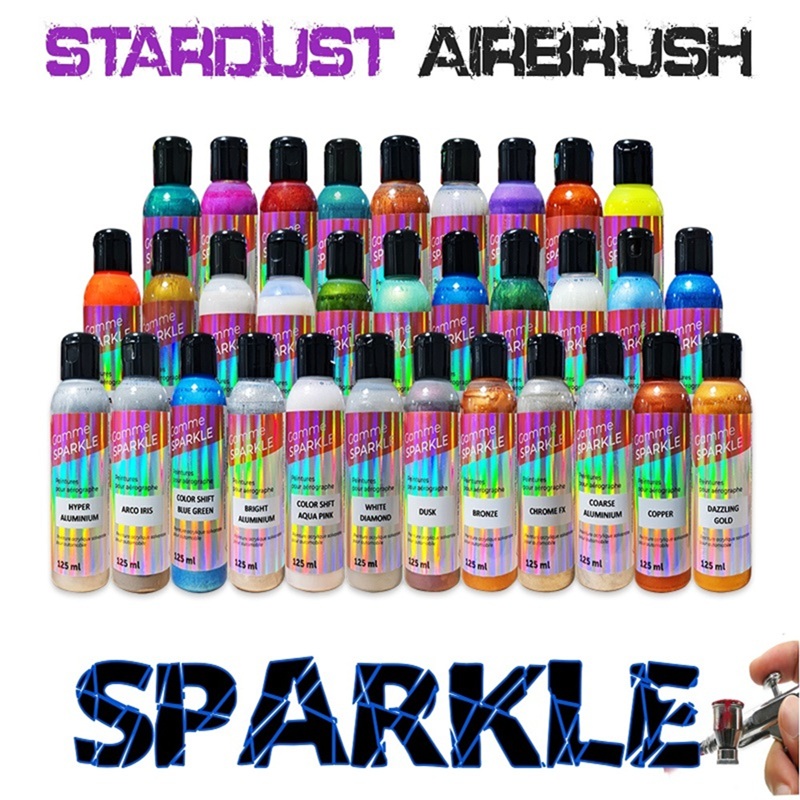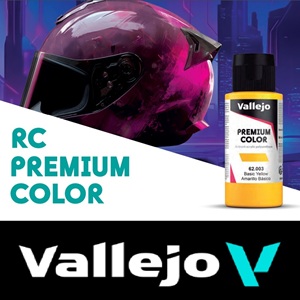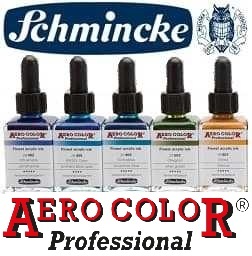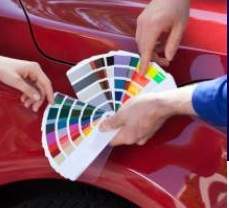Along with the other types of motorcycle paint, this category is dedicated to jet ski paint. You want to repaint your jet ski with a custom paint or even airbrush decorations at a motorcycle paint specialist, for example. This is perfectly possible, and you can also do the job yourself in your garage with a spray gun or with aerosols.
Do you already have a precise idea of the jet ski paint job you want to do? Or do you want to discover the possibilities of special paints that can be applied on a jet ski?
We have a huge selection of jet ski effect paints and a lot of experience in jet ski painting, which we will share with you here!
First of all, there are two types of machines: handheld (smaller and lighter) and saddle (larger and heavier). Usually, we decorate and repaint only the top part because painting the bottom of the machine requires lifting or hanging it. If you decide to paint the underside, you will also have to use a very fast, very hard clearcoat and allow a curing time of at least 48 hours before putting it back on its trailer.
How to apply a Jet Ski paint ?
Whether above or below the waterline, bodywork paints (any effect!) and especially clearcoats are equally well suited to withstand salt water, sun, or rubbing on the sand.
Of course, for the hull underneath, it is better to use a coarser, thicker, and more resistant material (Gelcoat) than a clearcoat or a 2K paint.
Basic application of Jet ski paint :
Step 1 : Create adhesion by lightly sanding the surface (old clearcoat) with P500 sandpaper. Factory jet ski paints often have adhesives underneath the clearcoat, which create marks and unevenness. If this is the case, a primer should be applied, otherwise go directly to step 3.
Step 2 : Before applying paint to the jet ski hull, several coats of a levelling primer (surfacer) are applied to remove “steps” and any scratches. After heavy sanding with water and 320 grit, the surface is smooth and ready for painting.
Step 3 : Application of the paint on the jet ski (1K basecoat type). The choice is wide, from Chameleon paints to fluorescent, Candy or Crystallizer effects.
Step 4 : Clearcoat application. We use a thick and shiny bodywork clearcoat such as ST6000 super UHS or any other type of automotive clearcoat (see the list below). Under no circumstances should an epoxy clearcoat be used, as it is not resistant to the sun. For varnishing the underside of the hull, we recommend our epoxy resin clearcoat 4000, which has very high hardness and can be applied in several millimetres of thickness!
When to apply a deco kit or stickers ?
The application of decorative stickers must always be done on the paint and under the clearcoat. The stickers should be applied calmly and carefully, after the paint is completely dry and has been sanded with P500.
The clearcoat will not melt the sticker but will cover it, protecting and levelling it. If the sticker is too thick, and if you want to give even more shine to your jet ski, you can apply two additional coats of clearcoat after 24 hours.
The trend for fluorescent paint on Jet ski
The demand for fluorescent colours represents 50% of requests. It is important to know that these colours are naturally very sensitive to UV light: they fade with time and there is no total solution to counter this phenomenon.
The only thing we can recommend is to apply fluorescent paint on a jet ski anyway, because the hours spent at sea in summer are not so many in the end. It will be important to apply multiple coats of fluorescent paint and just as much clearcoat to protect the colour!
Motorcycle paint kit for tuning







